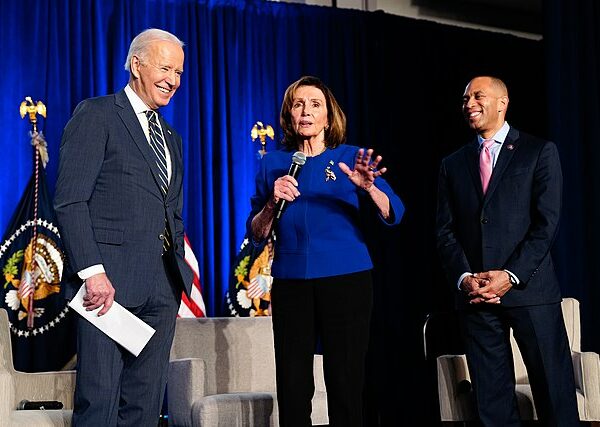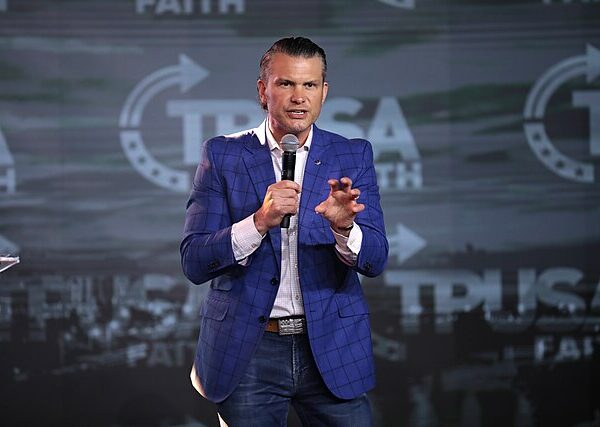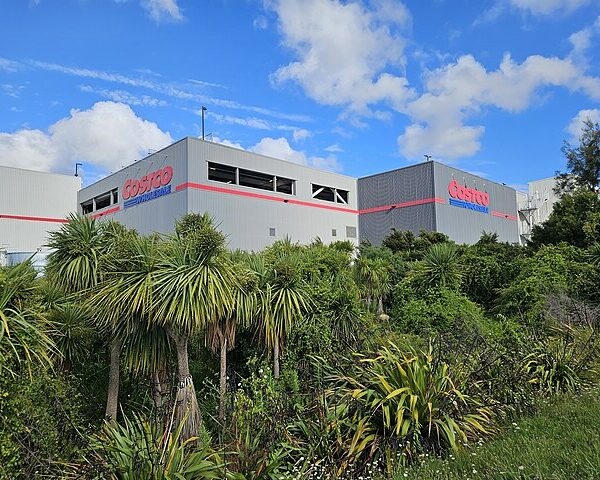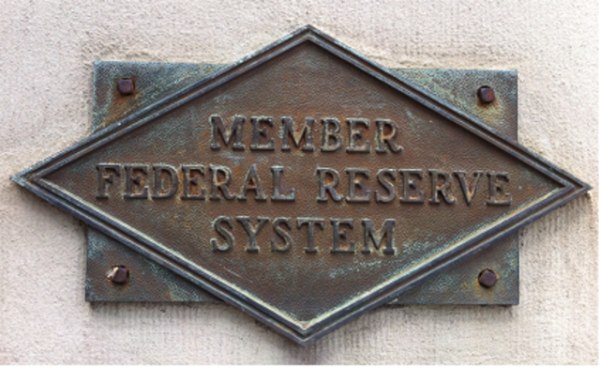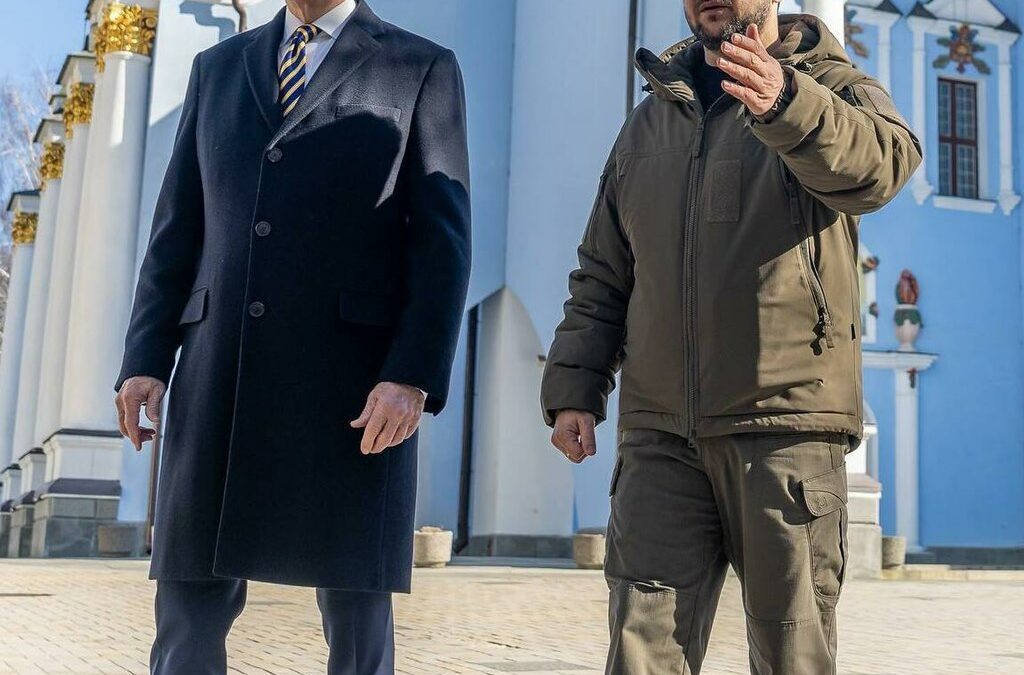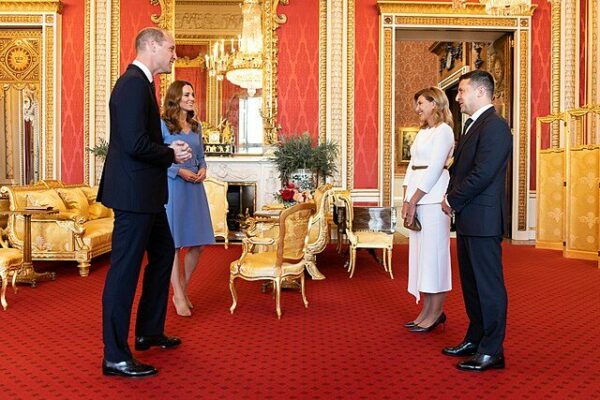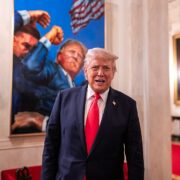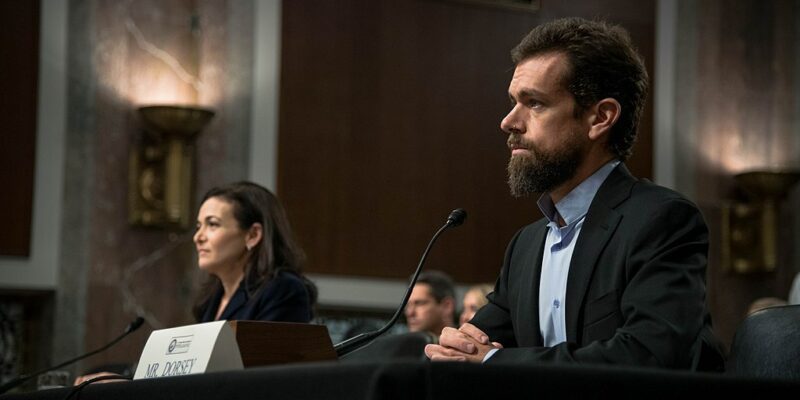
“End the CCP.” That was the three-word tweet from Twitter founder Jack Dorsey that set off a recent firestorm on social media as he responded to a news segment on the Chinese government’s latest approach to COVID-19.
According to Yahoo, “Twitter was blocked from being used in mainland China amid the 2009 protests in Urumqi, in the country’s north-west, when the Chinese government suspected it was one of the platforms being used by rioters to organize. The government recognized Twitter’s potential to spread information and, in a move to curb further conflict, decided to entirely ban the platform.”
The billionaire Rasputin lookalike has become fed up with Zero COVID policies and seeing a report about what’s happening in Beijing sent him over the edge.
The New York Post offered context. Dorsey tweeted in response to a June 2 report from CNN’s Selina Wang that provided an inside look at China’s “Zero COVID” strategy in Beijing – which includes mandatory COVID-19 testing with color-coded access to public areas depending on the results and tracking apps that have exacerbated fears of government surveillance.
China has repeatedly implemented lockdowns in major cities, including Beijing and Shanghai, in a bid to prevent the spread of COVID-19 cases. It’s unclear what prompted Dorsey to speak out about the CCP’s actions.
“After more than two years of these on and off restrictions, people are getting frustrated,” Wang said. “Every part of our days are tracked and surveilled. People are concerned that this control is here to stay long after COVID is gone.”
Dorsey stepped down as Twitter’s CEO last November. Under his watch, the social media giant cracked down on bot accounts that were tweeting “predominantly in Chinese languages and spreading geopolitical narratives favorable to the Communist Party of China (CCP).”
Over the past few years, China has grown more and more unpopular with much of the world. Its Zero COVID policies have disrupted much of the global economy, sparking inflation and undercutting supply chains.
In May, we wrote about how containers filled with everything from frozen food to chemicals stacked up as China’s biggest port in Shanghai remained locked down amidst a new outbreak of COVID-19. Harsh testing rules put into place by the communist government blocked truckers from getting to the docks to pick up their goods already at the ports.
The CCP has also begun to menace world peace, something that has already been put on edge due to Russia’s misadventure in Ukraine. Reuters noted, “Furious at a visit to Taipei last week by U.S. House of Representatives Speaker Nancy Pelosi, China had extended its largest-ever exercises around the self-ruled island it claims as its own beyond the four days originally scheduled.
Last week’s drills included launches of ballistic missiles, some of which flew over the island’s capital of Taipei, and simulated sea and air attacks in surrounding skies and waters.”
As they dealt with the worst crisis in the Taiwan Strait in over two decades, China’s State Council recently published a white paper on “The Taiwan Question and China’s Reunification in the New Era.” The paper explains the CCP’s approach to Taiwan under current leader Xi Jinping.
The Diplomat wrote that “as justification for the CCP’s claim over Taiwan, the white paper includes a lengthy discussion of historical ties between China and Taiwan. In this telling of history, “Japan’s 50-year occupation of Taiwan epitomized” China’s period of ‘national humiliation’ and is thus a historical wrong that must be righted. The white paper emphasizes that ‘The fact that we have not yet been reunified is a scar left by history on the Chinese nation.'”
Importantly, though, the white paper also delivers a “realpolitik” motive for taking control of the island: “National reunification is the only way to avoid the risk of Taiwan being invaded and occupied again by foreign countries, to foil the attempts of external forces to contain China, and to safeguard the sovereignty, security, and development interests of our country.” Later, the white paper repeats accusations that the U.S. is “using Taiwan to contain China” and “undermine China’s development and progress.”
Consistent with previous statements, the paper still supports the “One Country, Two Systems” framework for a post-unification Taiwan. The communists promise that “Taiwan may continue its current social system and enjoy a high degree of autonomy in accordance with the law.”
The communists aren’t afraid to threaten war. The magazine remarked that, “the white paper maintains China’s preference for ‘peaceful reunification,’ which is identified as “the first choice of the [CCP] and the Chinese government.’ However, as is long-standing CCP policy, the paper reiterates that China ‘will not renounce the use of force’ in pursuing the goal of unification. It does attempt to reassure readers on that point by pledging that the ‘[u]se of force would be the last resort taken under compelling circumstances.'”
A Chinese spokesman also added that the island’s “collusion with external forces to seek independence and provocation will only accelerate their own demise and push Taiwan into the abyss of disaster.”
Taiwan’s response to the communist manifesto was more or less, “Lol.”
Leaders in Taiwan called the Chinese statement “full of wishful thinking” that “ignores the facts.” the Mainland Affairs Council said in its press release.
They continued by saying the “crude and clumsy political operations by the Beijing authorities further highlight its arrogant thinking pattern of attempting to use force to invade and destroy the Taiwan Strait and regional peace….The authorities in Beijing deceive themselves. We warn the Beijing authorities to immediately stop threatening Taiwan with force and spreading false information.”
Taiwan placed its military under high alert during the Chinese drills but took no direct countermeasures. It held artillery drills off its southwestern coast facing China that ran through Thursday, illustrating the challenges the People’s Liberation Army would face were it to launch an invasion across the strait, according to the AP.
The United States and India, China’s western neighbor, have decided to flex a little muscle of their own. “In a move that is sure to attract the attention of war planners in Beijing,” reported Nikkei Asia, “the U.S. and India have decided to conduct high-altitude combat training in a region of India bordering China this October.”
Jeff Smith, a researcher at the Heritage Foundation, spoke to the Asian newspaper, calling it a new development as global tensions with China continues to rise. He said that while these exercises had been held in the region previously, they’d never been deployed so close to the Chinese border.
Nikkei Asia also spoke to Pankaj Jha, a professor of defense and strategic studies at O.P. Jindal Global University. He said, “China would likely be somewhat concerned because, through these drills, the U.S. could try to showcase that ‘they may be looking at another front for [tackling] China’ if it increases pressure on Taiwan.
More than the exercise itself, the professor explained, “it is the U.S. involvement [in the drill] that should be a matter of concern for China.”
The drills will occur in October before Chinese President Xi Jinping “enters the quinquennial Chinese Communist Party National Congress, where he is widely expected to seek a third term as the party’s general secretary.”
Over the past decade, President Xi has expressed paranoia over domestic unrest in his country. In an era where nations across the world have experienced revolutions, he has feared that the CCP has been losing grip over its people and, from Hong Kong demanding its democratic rights to recent middle-class protests about home construction, the leader has blamed “foreign forces” for fanning the flames of protest.
As Xi prepares to claim a breakthrough third term as leader at a Communist Party congress this fall,” The Seattle Times wrote, “he has signaled that national security will be even more of a focus. Strains over COVID and pandemic restrictions, superpower divisions deepened by Russia’s war in Ukraine, and rising food and energy prices are part of a constant onslaught of challenges.”
“What is so important and worrisome is that Xi Jinping isn’t making a distinction anymore between internal security and external security,” Daniel Russel, a former senior American diplomat, told the newspaper. “Xi Jinping is determined to take more forceful action — preventive action, but also preemptive action — and use the various tools at his disposal to meet those threats and to break through what he sees as a kind of stranglehold of the West.”
Earlier in the year, Joe Biden moved away from the traditional American stance of “strategic ambiguity” in its relationship with Taiwan. When asked about the difference between joining forces with Ukraine to defend it against Russia versus sending troops to Taiwan to ward off China, the president said the United States had made a commitment to defend Taiwan at all costs.
As China gets more pressure and our president gets more sleepy, let’s hope we don’t hear the war drums beat any louder.
[Read More: Trump Raid Was About ‘Nuclear Documents’]


